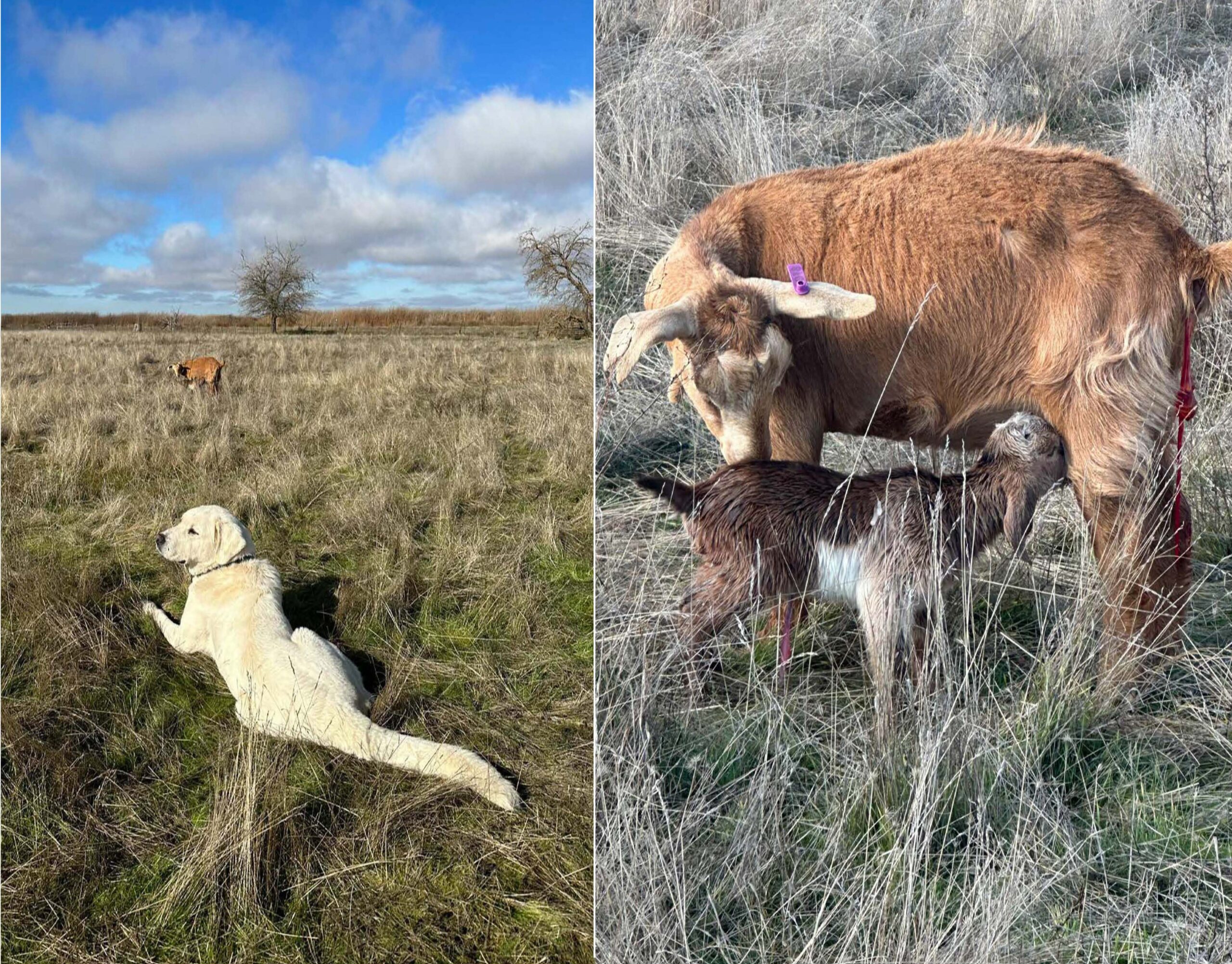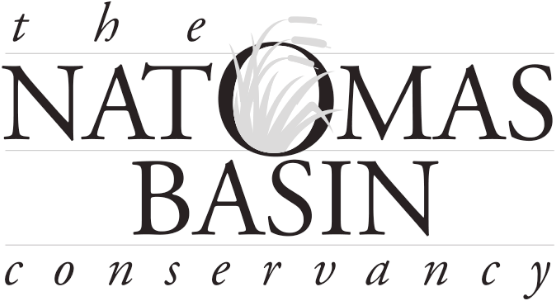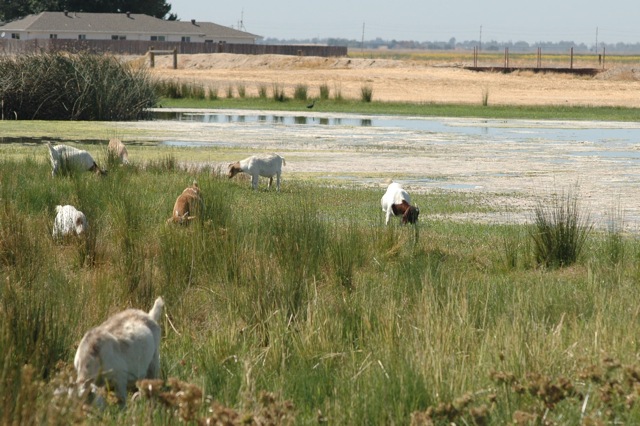The nearby photo shows several of the Conservancy’s goats doing the “close-in” vegetation management work around marsh complexes. To a preserve manager, this is beauty beyond belief. We are required to manage the marsh complexes for the benefit of 22 of the NBHCP’s “Covered Species,” and the marsh complexes must retain their full functionality to serve as mitigation habitat for several of those species. There are many ways to control vegetation in a marsh. We can drown it (if we have plenty of management options), we can burn it, we can chop it, mow it, hit it with human labor (string trimmers, weed pulling, shovels and spades) or we can use chemical controls. All of these can injure a giant garter snake if not done very carefully, with little margin for error. We have tried livestock, including Herefords, Black Angus, Watusi. Llama. Sheep. And now, for several years, Kiko and Boer goats. The goats win. They don’t remove the plants, just eat it off, they don’t crush giant garter snake or burrowing owl burrows, don’t create water’s edge pockmarks, don’t wallow in the marshes (like cattle does) or foul it (like cattle do way more) and avoid the need for humans wading through mud and muck to trim and manage (there are worker safety issues here as well as species safety issues). The light footed goats trim back intrusive aquatic vegetation before it can grow from the bank side and choke off a marsh (like water primrose does, for example). In sum, they are the “soft path” to marsh complex vegetation management. They have performed very well for the Conservancy, and the beautiful photo attached to this post is an excellent example of how well it works.

A New Team Member.
Pictured here are two photos, one of a goat about to give birth to a kid on a portion of the Conservancy’s preserves that benefit Swainson’s hawk. The hawks have migrated now, so the field’s vacant state was recently enlivened when this newborn made its introduction to life on Earth. …

